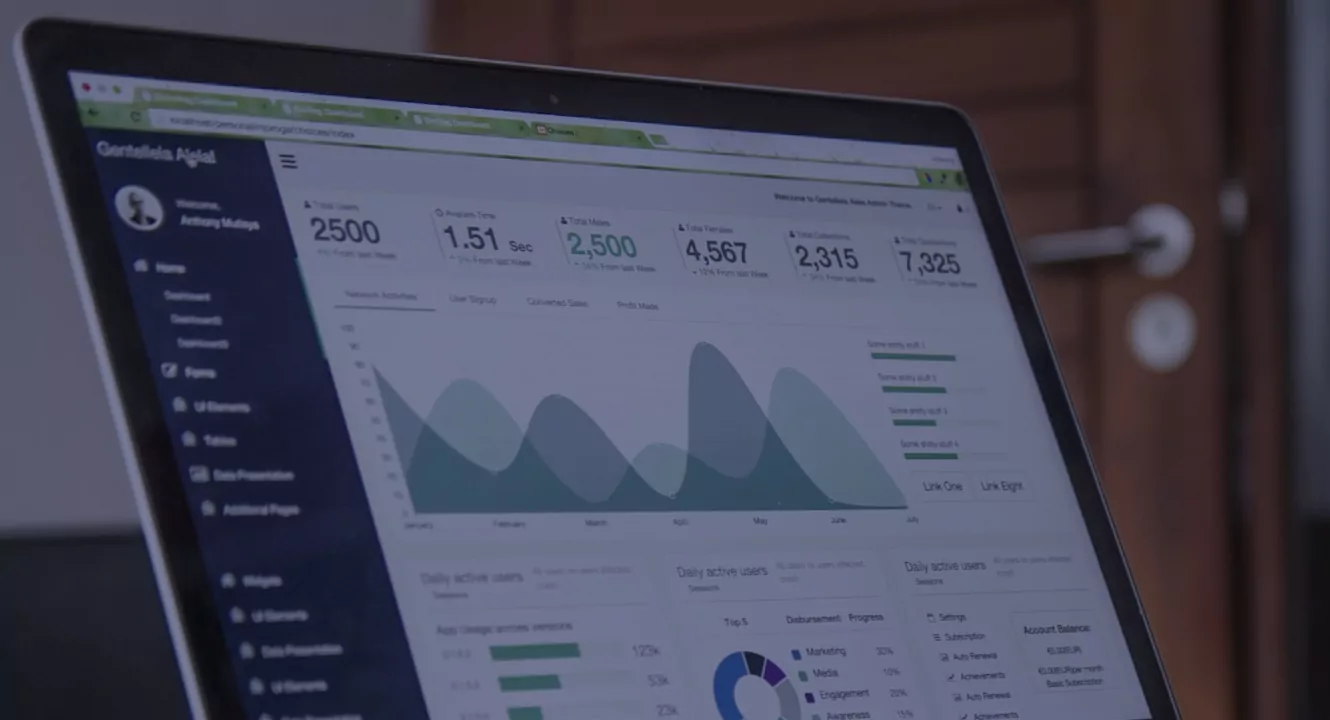If you’ve ever encountered a situation involving returns, refunds, or invoice corrections in business transactions, chances are you’ve dealt with a credit note. This comprehensive guide covers everything you need to know about credit notes, from what they are to how they work and how to create one.
What is a Credit Note?
A credit note, also referred to as a credit memo, is a formal document issued by a seller to a buyer. It signifies an acknowledgment of a credit adjustment in favor of the buyer, often reflecting a reduction in the amount owed.
Common Scenarios for Credit Notes:
- Product Returns: When a buyer returns defective, damaged, or incorrect goods.
- Invoice Errors: Incorrect pricing, quantity, or other details on an invoice.
- Order Cancellations: If an order is canceled after the invoice is generated.
- Post-Sale Discounts: Issuing promotional or goodwill discounts to buyers.
Why Are Credit Notes Important?
Credit notes are vital in modern business transactions for several reasons:
1. Legal Compliance
In many jurisdictions, businesses are required to issue credit notes to ensure accurate records for tax and accounting purposes. For example, issuing a credit note for a returned item prevents the overstatement of income.
2. Transparency
Credit notes serve as evidence of adjustments made to a transaction. This ensures clarity between buyers and sellers, reducing the likelihood of disputes.
3. Financial Accuracy
Accurate financial records depend on proper documentation of every transaction. Credit notes adjust your books to reflect the true state of your business’s income and expenses.
4. Customer Relationship Management
A well-handled credit note process shows professionalism and builds trust with customers. When buyers feel assured of smooth returns or corrections, they are more likely to do business with you in the future.
How Do Credit Notes Work?
When a credit note is issued, the buyer’s account with the seller is adjusted. Instead of receiving a cash refund immediately, the buyer can often use the credited amount for future purchases.
For example:
- If a customer returns goods worth $500, the seller issues a credit note for $500.
- This $500 can then be applied toward the customer’s next purchase, or the seller can refund it, depending on the agreement.
When Should You Issue a Credit Note?
Here’s a breakdown of scenarios where a credit note is the appropriate solution:
1. Defective or Damaged Goods
- Example: A customer orders a laptop, but it arrives with a cracked screen. After returning the product, the seller issues a credit note to adjust the buyer’s account.
2. Incorrect Billing
- Example: An invoice charges $1,200 instead of $1,000. A credit note for $200 corrects the mistake.
3. Partial Order Delivery
- Example: A buyer orders 50 items, but only 45 are delivered. A credit note is issued for the undelivered 5 items.
4. Promotional Discounts or Loyalty Rewards
- Example: After a large purchase, a seller offers a goodwill discount of 10%. A credit note is issued for the discounted amount.
5. Order Cancellation
- Example: A buyer cancels their order due to unforeseen circumstances. The seller issues a credit note to nullify the invoice.
Key Components of a Credit Note
A well-structured credit note should include the following details:
- Heading: Clearly state “Credit Note” at the top of the document.
- Unique Number: Assign a unique credit note number for tracking.
- Date: Include the date the credit note was issued.
- Reference Invoice: Mention the original invoice number the credit note relates to.
- Buyer and Seller Details:
- Names
- Addresses
- Contact details
- Tax identification numbers (if applicable)
- Reason for Issuance: Provide a brief explanation, such as “return of goods” or “discount adjustment.”
- Itemized List:
- Include descriptions, quantities, and unit prices of the goods/services.
- Highlight any applicable taxes or deductions.
- Total Credit Amount: Clearly display the final credited amount.
How to Create a Credit Note: Step-by-Step Guide
Creating a credit note is a straightforward process. Here’s how you can do it:
Step 1: Use Professional Accounting Software
Many accounting platforms, like QuickBooks, Xero, and FreshBooks, allow you to generate credit notes seamlessly.
Step 2: Input Buyer and Seller Information
Include accurate contact details for both parties. Verify the tax details if required.
Step 3: Reference the Original Invoice
Ensure the credit note references the invoice it modifies, so there’s no confusion.
Step 4: Itemize the Adjustment
Break down the goods or services being credited. For example, include quantities, prices, and reasons for the adjustment.
Step 5: Verify Tax Calculations
If taxes apply, ensure they are calculated correctly and displayed separately on the credit note.
Step 6: Clearly Display the Total
The total credit amount should be easy to find and understand.
Credit Note Format Example
Here’s a sample format for a credit note:
| Field | Details |
|---|---|
| Credit Note Number | CN-1001 |
| Invoice Number | INV-5005 |
| Date | 09 December 2024 |
| Buyer | ABC Corporation, 123 Business Street |
| Reason | Return of defective items |
| Item Details | Product X (5 units) – $500 |
| Total Credited | $500 |
Credit Note vs. Debit Note: What’s the Difference?
Credit Note: Issued by the seller to reduce the buyer’s outstanding balance.
Debit Note: Issued by the buyer to request a credit adjustment or to notify the seller of returned goods.
Key Characteristics of a Debit Note:
- Purpose: To request a credit or notify the seller of an issue requiring adjustment.
- Issued By: The buyer.
- Common Scenarios:
- A buyer returns goods to the seller and needs an official acknowledgment for the return.
- The seller’s invoice contains an error, such as overpricing or incorrect billing.
- A service provided was not up to agreed standards, and the buyer requests compensation.
Example of a Debit Note in Action:
A company receives an invoice for $5,000 but notices that $500 worth of goods were damaged during shipping. The buyer issues a debit note for $500 to inform the seller that the payment should be reduced.
Key Differences Between Credit Notes and Debit Notes
| Aspect | Credit Note | Debit Note |
|---|---|---|
| Issued By | Seller | Buyer |
| Purpose | To reduce the buyer’s outstanding balance | To request a reduction in the seller’s accounts receivable |
| Reason for Issuance | Product returns, invoice errors, post-sale discounts | Notification of returned goods, invoice disputes, or damages |
| Effect on Accounts | Decreases the seller’s revenue; reduces buyer’s liability | Decreases the seller’s accounts receivable; requests credit |
| Examples | Refund for defective items, correcting overcharges | Returning damaged goods, disputing an overbilled invoice |
How Credit Notes and Debit Notes Work Together
In many cases, credit notes and debit notes are used in tandem to reconcile transactions between buyers and sellers. For instance:
- A buyer issues a debit note to inform the seller of returned goods.
- The seller acknowledges the return and issues a credit note to adjust the buyer’s outstanding balance.
This back-and-forth process ensures that both parties maintain accurate financial records, avoid disputes, and stay compliant with accounting standards.
FAQs About Credit Notes
1. Can a Credit Note Replace an Invoice?
No, a credit note complements an invoice by adjusting its values but cannot replace it.
2. Are Credit Notes Refundable?
Credit notes can be refunded, but they’re more commonly used to offset future purchases.
3. How Long Are Credit Notes Valid?
This depends on your local laws or the terms agreed upon between the buyer and seller. Typically, they are valid for one year.
Conclusion
Credit notes are essential for maintaining accurate financial records, ensuring customer satisfaction, and adhering to legal standards. Whether you’re a small business owner or part of a large organization, understanding how to use credit notes effectively can save time, reduce errors, and enhance customer relationships.
Action Step: Bookmark this blog and share it with your team. For more practical accounting tips and business resources, subscribe to our newsletter today.
Let’s make managing credit notes easier and more efficient for your business!
- What is a Credit Note?
- Why Are Credit Notes Important?
- How Do Credit Notes Work?
- When Should You Issue a Credit Note?
- Key Components of a Credit Note
- How to Create a Credit Note: Step-by-Step Guide
- Credit Note Format Example
- Credit Note vs. Debit Note: What’s the Difference?
- FAQs About Credit Notes
- Conclusion











